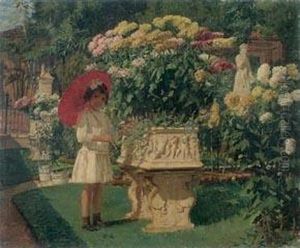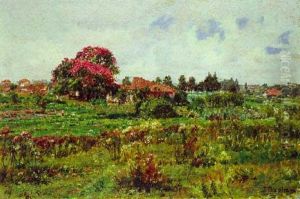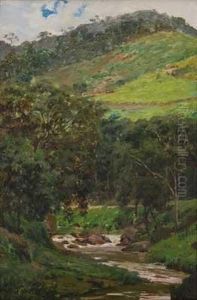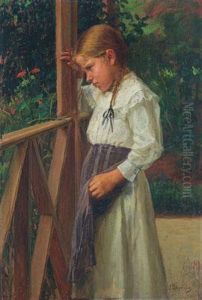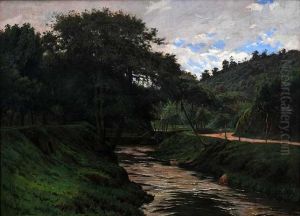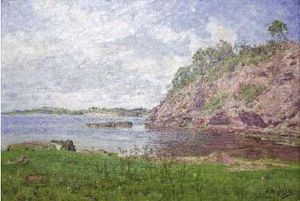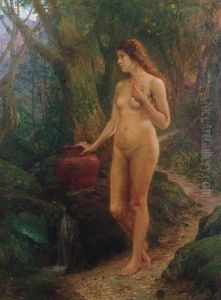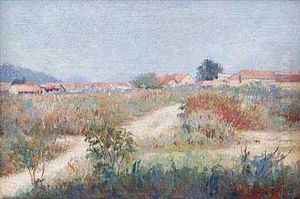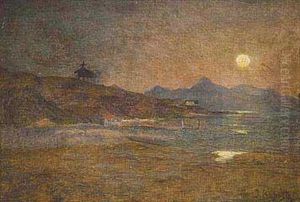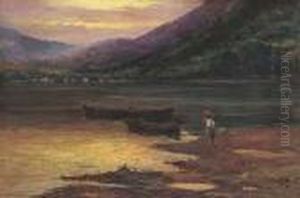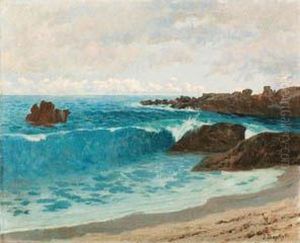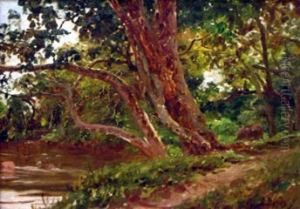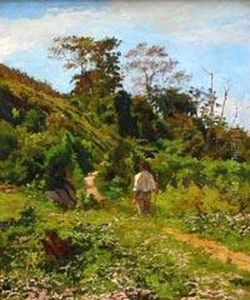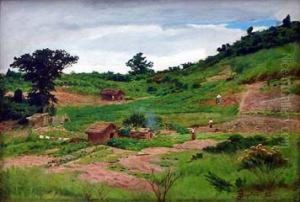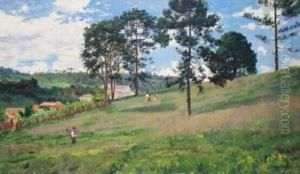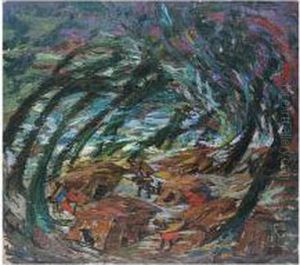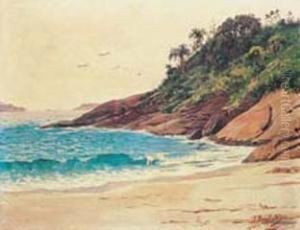Joao Baptista Da Costa Paintings
João Baptista da Costa was a prominent Brazilian painter, born in Itaguaí, Rio de Janeiro, in 1865. He is considered one of the most important figures in Brazilian academic painting. His life and work are emblematic of the transition from the 19th to the 20th century in Brazilian art, embodying the shifts in cultural and aesthetic paradigms of the time.
Costa showed an early interest in art and was admitted to the Imperial Academy of Fine Arts in Rio de Janeiro, where he studied under renowned artists like Zeferino da Costa and Rodolfo Amoedo. His education was grounded in the academic tradition, focusing on classical subjects, rigorous technical skills, and historical themes. However, throughout his career, Costa also explored landscapes, still lifes, and scenes of everyday life in Brazil, displaying a versatility and sensitivity to his surroundings.
In 1893, Costa won a travel prize to Europe, which allowed him to study in Paris. This experience was pivotal; he was exposed to new artistic movements and techniques, including Impressionism, which subtly influenced his later work. Despite this exposure, Costa remained deeply connected to the academic tradition but began integrating a lighter palette and a more delicate treatment of light in his paintings.
Upon returning to Brazil, João Baptista da Costa became a significant figure in the Brazilian art scene. He participated in several editions of the Salon of Fine Arts and received numerous awards, solidifying his reputation as a leading artist of his time. Costa was also dedicated to education, teaching at the National School of Fine Arts in Rio de Janeiro, where he influenced a new generation of Brazilian artists.
Throughout his career, Costa was engaged with the cultural and social issues of Brazil, and his works often reflect a nuanced understanding of Brazilian identity and landscape. His paintings are characterized by their technical excellence, nuanced use of color, and the ability to capture the essence of Brazilian life and nature.
João Baptista da Costa's contributions to Brazilian art were widely recognized during his lifetime, and his legacy continues to be celebrated. He passed away in 1926 in Rio de Janeiro. Today, his works are part of the collections of major Brazilian museums, attesting to his enduring influence on the country's artistic landscape.
